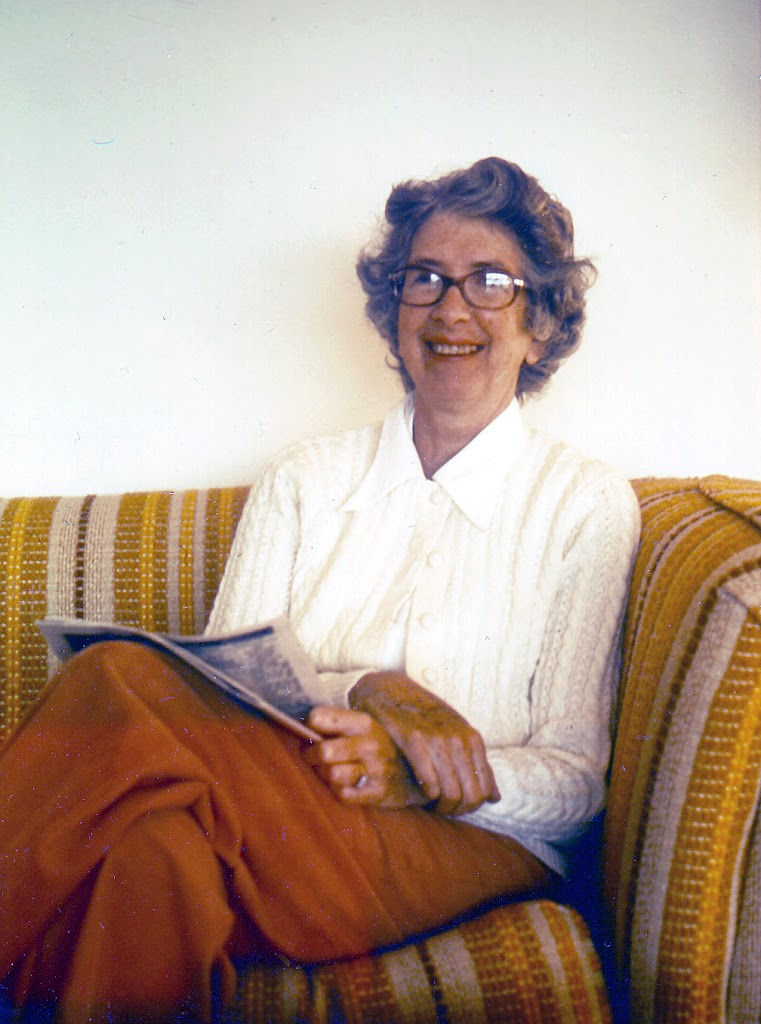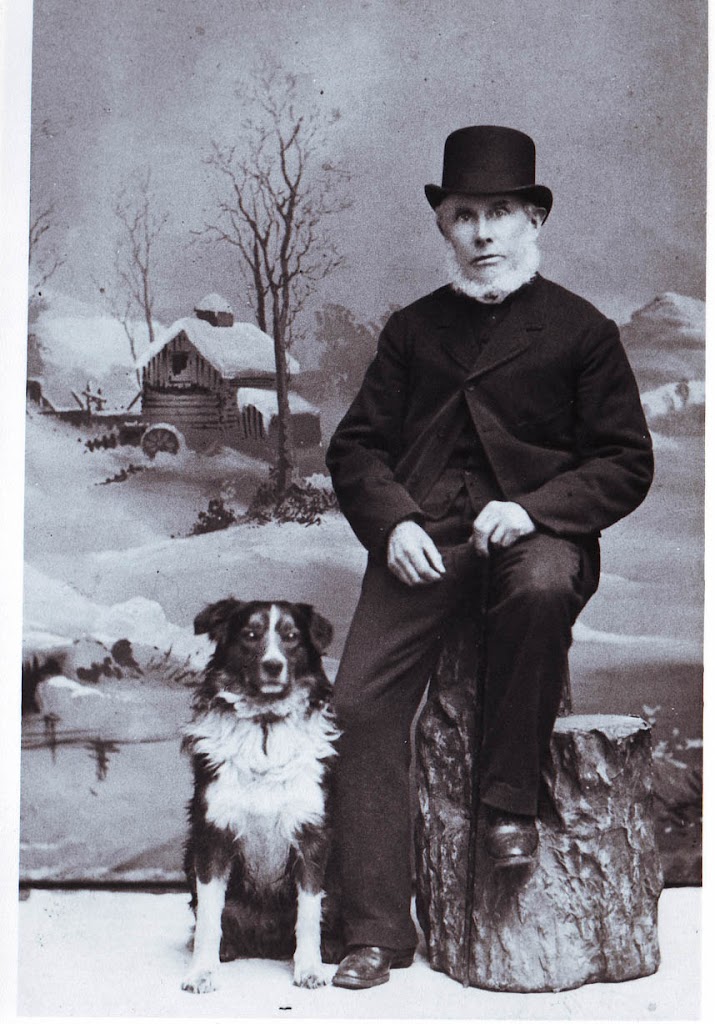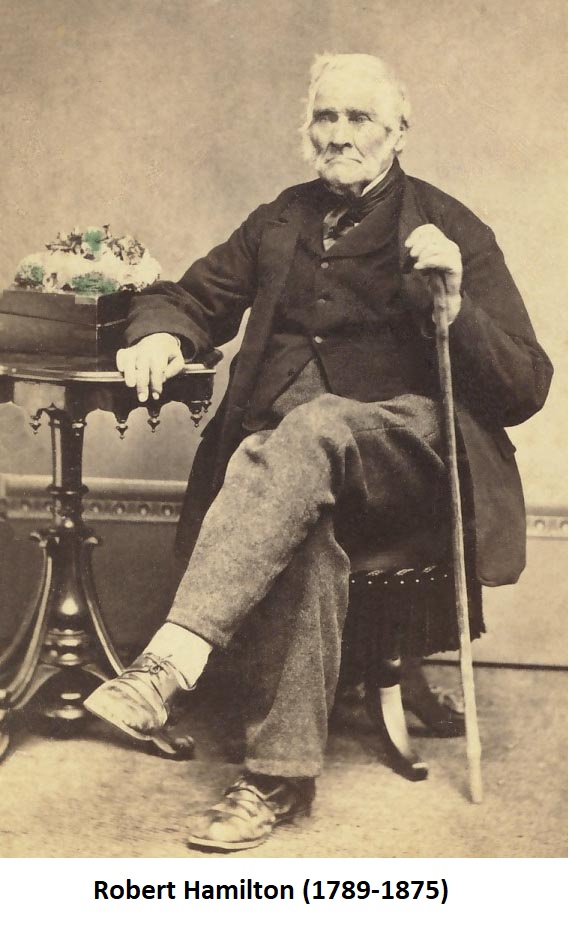Write what you know. That is good advice, but it can be hard to follow if you have poor health and seldom travel or even explore your own neighbourhood. This was the case for my mother. Nevertheless, several of her articles about her hobbies and personal memories were published in the local media.
As I write this, snow is falling outside my office window and, in the midst of a pandemic, the government has advised people to stay at home. These restrictions feel much like the limitations my mother experienced, so I dug out some of her articles to see what inspired her.
Joan Hamilton (1918-1994) was a prolific letter-writer: letters to the editor of The Montreal Star, letters to the newspaper’s television critic, and letters to federal and provincial politicians on a variety of topics. But what she really wanted was to write magazine articles, so she was very proud when several of her stories appeared in Montreal Scene, a magazine inserted every Saturday in The Montreal Star. It generally featured four or five articles, along with the weekly television listings, and there was always a painting of a local scene on the cover.
“Feathered Fun” by Joan Hamilton, which appeared in the January 15, 1977 issue, was about her own favourite pastime, armchair bird-watching.
My parents’ house had a sunroom with picture windows overlooking the backyard where a large crab-apple tree, laden with wizened fruit, attracted many birds in winter. “If you are lucky, anytime after mid-January, a group of evening grosbeaks or common redpolls may discover your garden treats,” she wrote, adding, “There is no better pick-me-up for the winter blues than to spot the beautiful yellow, black and white grosbeaks feeding on the snow.” Mother also attached small bird feeders to the sunroom windows and kept them full of seeds so she could watch the chickadees up close.

In another article, “Winters Remembered,” in the March 25, 1978 issue, she suggested that Montrealers were getting soft, no longer able to cope with snow and cold weather. She recalled that the postman called twice a day when she was young, and if there was a time when he couldn’t get through the drifts, she didn’t remember it. Furthermore, “in those days, many deliveries were still made by horse-drawn sleighs, which always seemed to triumph over the highest snowbanks.”
She wrote, “We must have got our first car in the late ‘20s. A Hupmobile with glass flaps for windows, it didn’t have a heater, that’s for sure. Maybe that is why in those days nearly everyone put their car ‘up’ for the winter…. We relied on the trusty old streetcars. We lived near the crest of Côte-des-Neiges, and I don’t remember a time when they were not able to make the hill. They had cowcatchers that acted as snowplows in front, and during big snowstorms, there were special snow plow cars clearing the tracks, trailed by a string of streetcars, power lines crackling with light and windows steamed, but making it up the hill.”
Travel, both short and long distance, was by the invincible train, she recalled. “Trains may have been delayed, but at least you always got where you were going.” She had particularly fond memories of the Laurentian ski train which carried Montrealers to the slopes north of the city in the winter. “The gaiety on board was as much a part of the fun as skiing.”
She continued, “We never worried about freezing or starving during power failures. First of all, we had a coal furnace which, although it had to be stoked morning and night, was not subject to breakdowns…. We cooked with gas, so there was no worry about being unable to have a hot meal if the electricity went off. Lots of people still had wood or coal stoves.”
Towards the end of the article, Mother asked, “Was it really better back then, or has time blocked out the bad memories and left only the good?” Perhaps she did block out some of negative aspects of winter in the 1930s and 1940s, but her memories nevertheless made for entertaining reading.
Note: this article is also posted on https://genealogyensemble.com
My next book, Reinventing Themselves: a History of the Hamilton and Forrester Families, will be published this spring.


